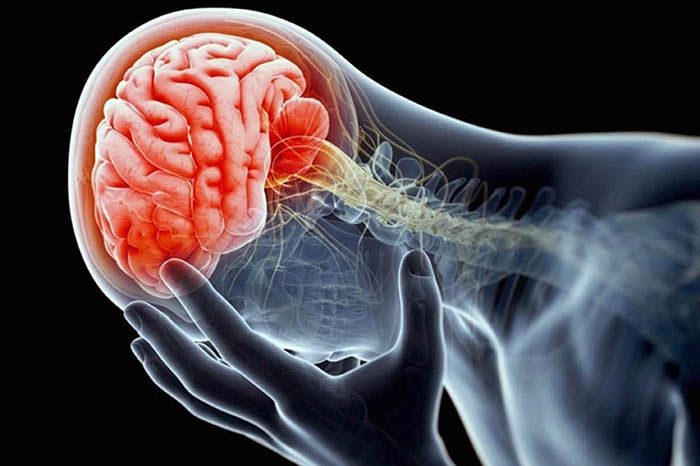 Winter has come and gone… spring has finally arrived and summer will be here in the blink of an eye. The next six months children will spend a majority of their time outdoors, riding bicycles and skateboards, playing baseball and football, diving into swimming pools, etc. Despite precautions, head injuries and concussions can still unfortunately happen, which makes this the prime time to discuss the important role that vision plays in traumatic brain injury.
Winter has come and gone… spring has finally arrived and summer will be here in the blink of an eye. The next six months children will spend a majority of their time outdoors, riding bicycles and skateboards, playing baseball and football, diving into swimming pools, etc. Despite precautions, head injuries and concussions can still unfortunately happen, which makes this the prime time to discuss the important role that vision plays in traumatic brain injury.
A traumatic brain injury can occur due to a variety of reasons, such as a major blow to the head, a tumor or stroke, or a neurological dysfunction. When someone endures a physical force to the head, he or she is often asked, “How many fingers am I holding up?” or “Can you follow my finger with your eyes?” These simple tests are often done to assess the individual’s vision; however, it has been found that nearly 90% of head trauma victims require professional vision care. The “finger gauge” tests are no longer an accurate visual examination.
More than 80% of what we learn is visual, as our eyes and brain work together as a team to control the rest of the body. Our eyes view the information, and then that information flows to the brain to be processed. If an individual endures an injury to the brain, it can disrupt his or her vision, comprehension, memory skills, motor skills, and other functions of the body. This is why we encourage that any victim of a minor or major head injury receives a vision examination as part of his or her medical care, especially if he or she has any of the following symptoms:
- Blurred vision
- Double vision
- Sensitivity to light
- Visual memory issues
- Spatial disorientation
- Dizziness, nausea, and motion sickness
- Aching eyes
- Headaches
- Comprehension problems
- Difficulty concentrating
- Difficulty to read
- Inability to keep visual contact
- Perceived movement of stationary objects
- Reduction or loss of visual field
- Lack of motor skills, difficulty with balance, posture, and coordination
These visual symptoms are quite common in victims of head trauma, but fortunately they all can typically be decreased through one of the following rehabilitation programs: vision therapy, corrective lenses, or light therapy – all of which we provide. (We even have a video about it!) In fact, in a study published in the medical journal Optometry, 90% of traumatic brain injury patients who underwent vision therapy had significant improvement in their eye movement disorders. The problem is that vision problems are often overlooked in the initial evaluation of a patient’s traumatic brain injury. If you or a loved one suffers a brain injury, you should not ignore the visual symptoms and should see a vision specialist as soon as possible. If a vision problem is left untreated, it can lead to permanent damage and can even create additional problems.
If you or your child has experienced a brain injury or illness of any kind involving the head, call us today to set up a complete vision evaluation. We have a variety of treatment options available that will alleviate any troubling vision symptoms that you may have. Our team of specialists understands that each individual reacts differently to brain trauma; therefore, we will do a complete visual assessment so that we can create a treatment plan best suited for you.
Lenses can help correct accommodative issues with the eyes, while light therapy can provide stress relief and relaxation to the traumatized brain through the eyes. Lastly, our vision therapy program works much like physical therapy, in that we use exercises and activities to retrain the eyes and brain to work together and function optimally. Regardless of which treatment is right for you or your child, we customize it to be age-appropriate for optimal results.
An injury to the head is serious and should never be ignored. If you or your child has sustained a brain injury, contact us today at 618-288-1489 or by clicking here for a vision evaluation and treatment.
